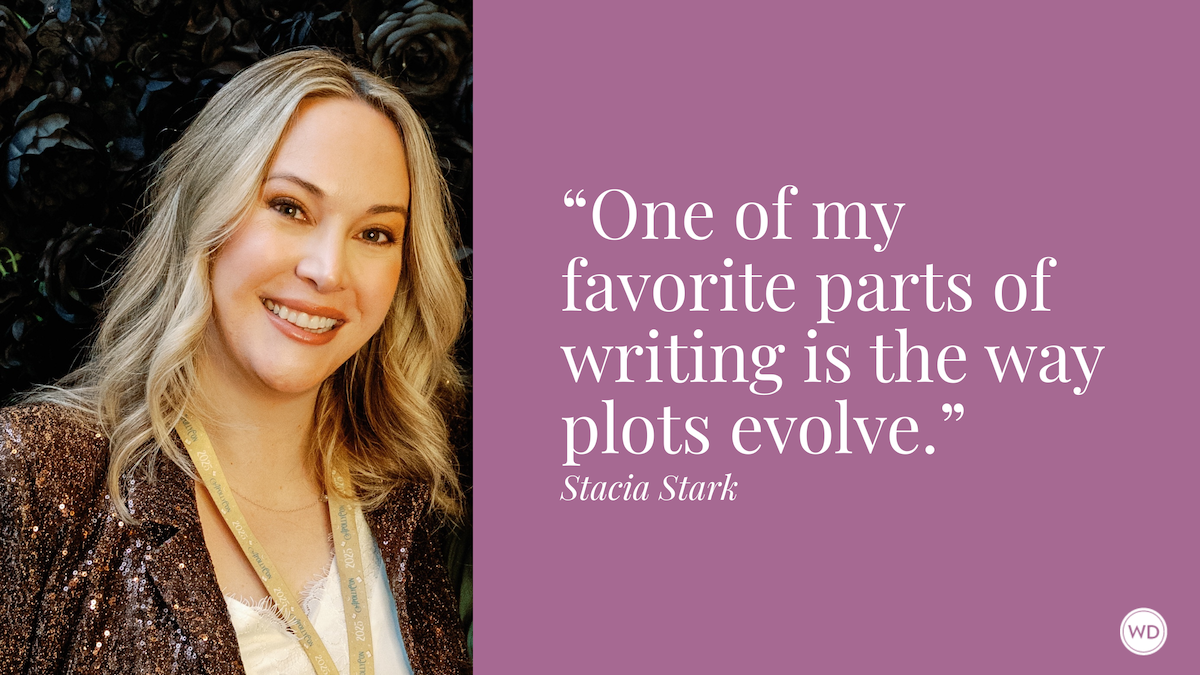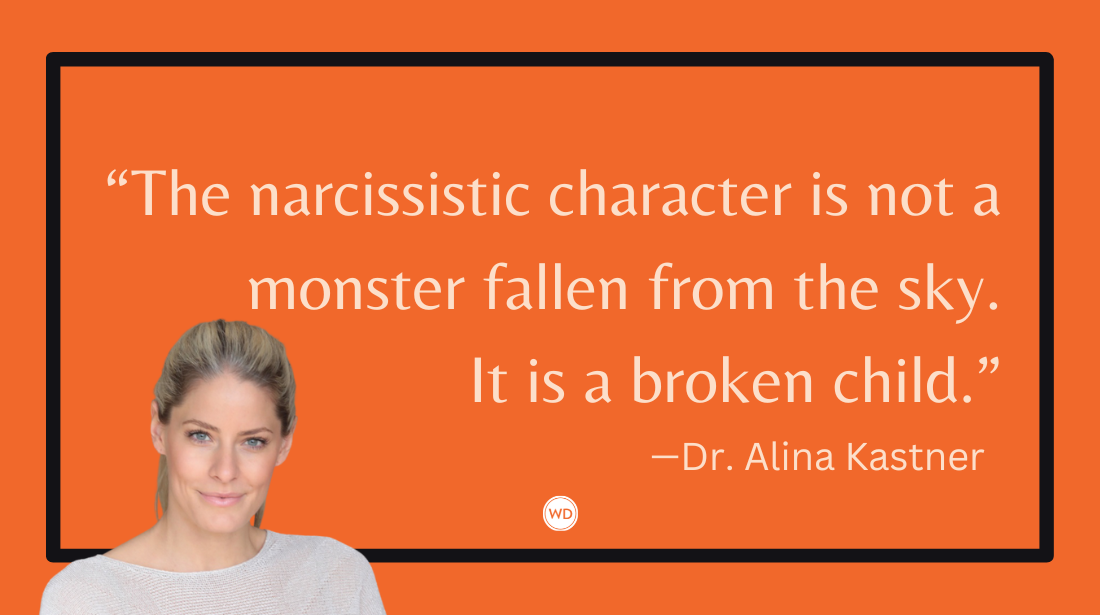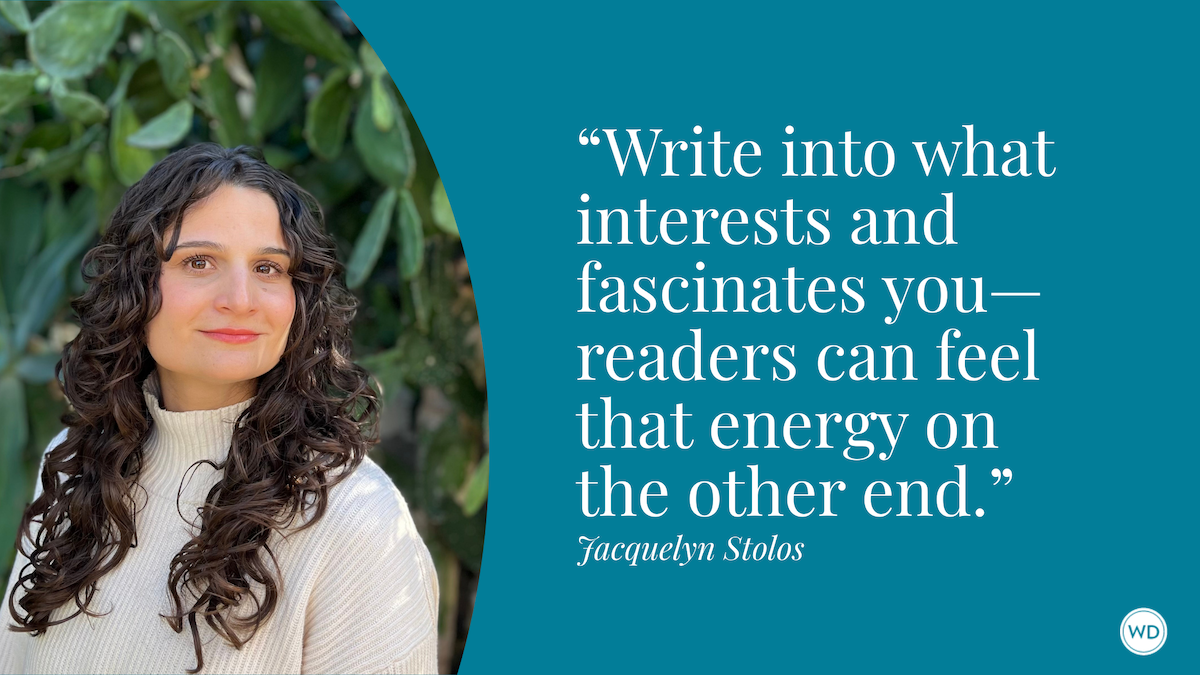Writing Scary Stories & Horror for Kids: 4 Lessons from Goosebumps Author R.L. Stine
For more than 25 years, Stine has been writing horror for kids around the world with his Goosebumps series, which has sold over 350 million copies in 32 languages. Here are four lessons from the master himself.
There is a fine line between scary and funny when it comes to clowns, ventriloquist dummies and other creepy ghouls, but author R.L. Stine heads straight for the dark side. For more than 25 years, Stine has been writing horror for kids around the world with his Goosebumps series, which has sold over 350 million copies in 32 languages.
From the age of nine, Stine knew he wanted to be a writer. Initially, he dreamed of writing humor—not horror—on the old typewriter he found in his attic. While attending Ohio State, he became editor for a humor magazine at the college for three years. When he moved to New York, he fulfilled his dream to write full-time by writing fake celebrity interviews for a fan magazine where he learned to write fast and use his imagination. Soon after he landed a job at Scholastic where he shifted gears to write for younger audiences. For sixteen years he worked as the editor for the kids’ humor magazine, Bananas.
Stine’s big genre change happened when a friend of his at Scholastic asked him if he ever thought about writing horror for young adults. He hadn’t. She suggested he write a book for this audience with the title Blind Date. Four months later, the book became a bestseller. More books followed, along with a new series, Fear Street. He found some success with this audience, but when it was suggested that he write horror for kids—younger kids, ages 7-12—Goosebumps was born.
The first few books in the series were published without much hype or marketing power behind them. Sales remained flat for 3–4 months before word of mouth kicked in. Stine called it the secret kids’ network. Kids started talking about the books with their friends, sales shot up, and the rest is history. He continues to write and publish for this series, putting out new books each year.
Here are some quotes from Stine along with thoughts and insights in writing horror for young readers as well as writing in general.
“When I write, I try to think back to what I was afraid of or what was scary to me and try to put those feelings into books.”
Stine grew up a fearful child. He draws on his memories of what scared him to create the stories for Goosebumps. Think back to your childhood. What scared you? Dig deep into the depths of your imagination to find those moments and remember the emotions and feelings associated with those situations and bring them into your writing.
"My thinking is that these books are entertainment. I'm very careful to keep reality out of it. The real world is much scarier than these books. So, I don't do divorce, even. I don't do drugs. I don't do child abuse. I don't do all the really serious things that would interfere with the entertainment."
Adults and kids read horror books for the adrenaline and emotional rush that comes from being scared. When writing for young readers, Stine’s one rule is that it can’t be too realistic. It’s important to him that his readers know his stories are fantasy and can’t really happen. If you are writing scary stories for children, spend time in your creative mind and develop situations and storylines where you take your reader to dark and frightening places, but nothing too close home. Because as Stine says, real life is scary enough.
IndieBound | Bookshop | Amazon
[WD uses affiliate links.]
“It's my job, too, to keep up with pop culture and what the kids are into because I don't want to sound like an old man trying to write for kids. I spend a lot of my time spying on them.”
Successful children’s authors understand that their young readers are smart. Kids want to read books where the author understands their world and the issues they face. Technology and social media along make life for young people today very different than it was for previous generations. As a writer it is up to you to keep up with current culture and write stories that resonate and connect with kids today.
“If you do enough planning before you start to write, there's no way you can have writer's block.”
Stine is a prolific writer with hundreds of published books. He has a system that works for him and allows him to put out 4 to 6 new books each year. He is a plotter who creates a complete chapter-by-chapter outline of each book. When it comes time to write the book, he’s already done the important thinking and knows everything that is going to happen. This allows him to relax and enjoy the writing. As writers, we all have our own styles and systems and approaches to the writing process. To be successful and achieve the goals you have set out for yourself, it is essential that you find what works for you. If you consistently miss the mark or your productivity is not what you want it to be, then you should examine how you approach your writing life. Maybe it is time to switch from being a “Panster” to being more of a planner like Stine.
Kerrie Flanagan is a freelance writer with over 20 years of experience and is the author of Guide to Magazine Article Writing. As a writing consultant, she works with writers, giving them the encouragement, support, resources, and tools to find success on their writing journey. She is the author of 8 books under her label, Hot Chocolate Press, and co-authors a romantic comedy series (Curtain Call) under the pen name, C.K. Wiles. You can also find her on Twitter (Kerrie_Flanagan) and Facebook (@KerrieFlanaganWriter).









